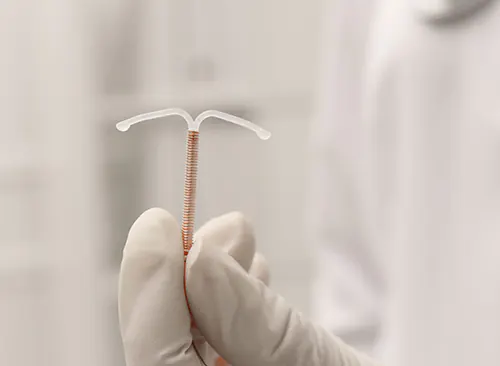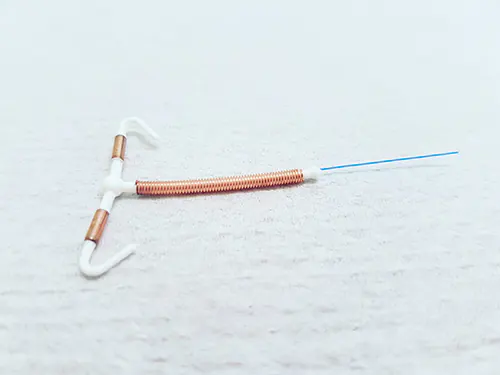The team at will help you make better health decisions for your peace of mind
With so many hormonal and non-hormonal contraceptive options, choosing the best option can seem confusing and overwhelming.
Now choices include a variety of different pills, intrauterine devices (IUDs), and injectable and implantable devices. “The pill” no longer is the first or only option.
The General Practitioners at Her Medical are familiar with all options available, and the pros and cons of each contraceptive method.
The right contraceptive choice can help with:
- Heavy periods
- Painful periods
- Pelvic pain
- PMS
- Alleviate peri and menopausal symptoms
- Fast return of fertility for family planning
- Improving/treating skin conditions like acne and pigmentation
Her Medical will also discuss and refer a patient to gynaecologists for permanent forms of contraception including:
- Tubal ligation,
- Hysterectomy
- Vasectomy
Dedicated to your health and wellbeing
Long-acting reversible contraception (LARC)
LARC refers to devices inserted into the uterus (IUD) or the arm (implant). LARC is being recommended more and more as a first-line contraceptive option.
There are hormonal and non-hormonal options available. Both are very effective forms of birth control, and hormonal devices may also help to minimise period pain and heavy bleeding.
An IUD is a small contraceptive device that is placed inside the uterus. There are two kinds: the Copper IUD and the progesterone IUD. Her Medical General Practitioners are qualified for both IUD insertion and removal.
IUD
Mirena IUD

Mirena IUD
The Mirena IUD is a small, T-shaped device made of impregnated plastic that is placed inside the uterus.
The device releases a progestogen called levonorgestrel, which changes the mucus of the cervix to inhibit the movement of sperm.
The Mirena IUD provides 5 years of contraceptive protection. This procedure is completed onsite in a procedure room.

Dr. Donna Tanchev

Dr. Chris Briggs

Dr Isabella Panettiere

Dr Christine Greenwood
Implanon implant

Implanon implant
An Implanon implant is a 4cm-long, flexible plastic rod which is inserted directly under the skin of the arm.
The implant contains a synthetic progesterone hormone released into the bloodstream. This method provides 3 years of contraceptive protection.

Dr. Donna Tanchev

Dr. Chris Briggs

Dr Paula Hade

Dr Isabella Panettiere

Dr Vladana O’Neill

Dr Megan Kelly
Copper IUD

Copper IUD
A copper IUD is a small plastic device that has a stem wound with fine copper wire.
The copper IUD releases minute amounts of copper (about one-hundredth of your average food intake of copper) making the conditions inside of the uterus unsuitable for pregnancy. This method provides up to 10 years of contraceptive protection.

Dr. Donna Tanchev

Dr. Chris Briggs
